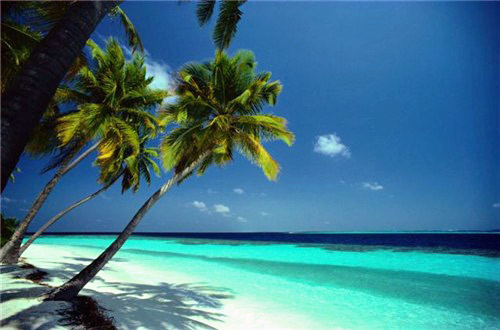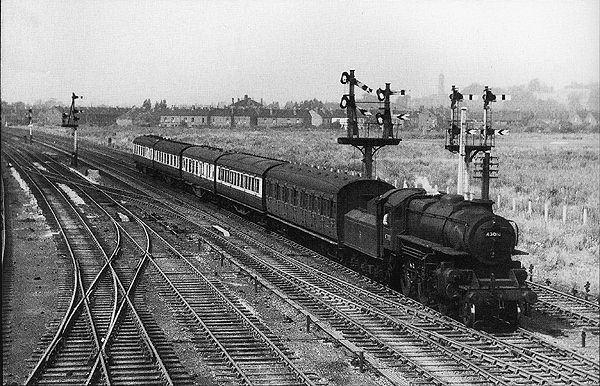Booklet: 8 days in Bearn Basque Country (France 2023)
8 days in Bearn Basque Country (France 2023)
26 June (France ) within release Collector : 8 days in Bearn Basque Country goes into circulation Booklet 8 days in Bearn Basque Country face value 8*Lettre No Face Value
| Booklet 8 days in Bearn Basque Country in catalogues | |
|---|---|
| Colnect codes: | Col: FR-COL 2023-18 |
Booklet is square format.
Also in the issue Collector : 8 days in Bearn Basque Country:
- Booklet - 8 days in Bearn Basque Country face value 8*Lettre;
- Stamp - 8 days in Bearn Basque Country. Benou Plateau face value Lettre;
- Stamp - 8 days in Bearn Basque Country. Chateau de Pau Castle face value Lettre;
- Stamp - 8 days in Bearn Basque Country. Espelette Village face value Lettre;
- Stamp - 8 days in Bearn Basque Country. Estives. Alpages face value Lettre;
- Stamp - 8 days in Bearn Basque Country. Grande Plage de Biarritz. face value Lettre;
- Stamp - 8 days in Bearn Basque Country. Iraty in winter face value Lettre;
- Stamp - 8 days in Bearn Basque Country. Pelote face value Lettre;
- Stamp - 8 days in Bearn Basque Country. Petit Train d'Artouste face value Lettre;
Booklet 8 days in Bearn Basque Country it reflects the thematic directions:
A beach is a landform alongside a body of water which consists of loose particles. The particles composing a beach are typically made from rock, such as sand, gravel, shingle, pebbles, etc., or biological sources, such as mollusc shells or coralline algae. Sediments settle in different densities and structures, depending on the local wave action and weather, creating different textures, colors and gradients or layers of material.
A castle (from Latin: castellum) is a type of fortified structure built in Europe and the Middle East during the Middle Ages by European nobility. Scholars debate the scope of the word castle, but usually consider it to be the private fortified residence of a lord or noble. This is distinct from a palace, which is not fortified; from a fortress, which was not always a residence for nobility; and from a fortified settlement, which was a public defence – though there are many similarities among these types of construction. Usage of the term has varied over time and has been applied to structures as diverse as hill forts and country houses. Over the approximately 900 years that castles were built, they took on a great many forms with many different features, although some, such as curtain walls and arrowslits, were commonplace.
Cattle (Bos taurus) are large, domesticated, bovid ungulates widely kept as livestock. They are prominent modern members of the subfamily Bovinae and the most widespread species of the genus Bos. Mature female cattle are called cows and mature male cattle are bulls. Young female cattle are called heifers, young male cattle are oxen or bullocks, and castrated male cattle are known as steers.
A landscape is the visible features of an area of land, its landforms and how they integrate with natural or man-made features. A landscape includes the physical elements of geophysically defined landforms such as (ice-capped) mountains, hills, water bodies such as rivers, lakes, ponds and the sea, living elements of land cover including indigenous vegetation, human elements including different forms of land use, buildings and structures, and transitory elements such as lighting and weather conditions. Combining both their physical origins and the cultural overlay of human presence, often created over millennia, landscapes reflect a living synthesis of people and place that is vital to local and national identity. The character of a landscape helps define the self-image of the people who inhabit it and a sense of place that differentiates one region from other regions. It is the dynamic backdrop to people’s lives. Landscape can be as varied as farmland, a landscape park, or wilderness. The earth has a vast range of landscapes, including the icy landscapes of polar regions, mountainous landscapes, vast arid desert landscapes, islands and coastal landscapes, densely forested or wooded landscapes including past boreal forests and tropical rainforests, and agricultural landscapes of temperate and tropical regions.
Railways - Transportation system made up of metal rails which is designed to allow trains to maneuver on the tracks from one location to the next.
Sport is a form of physical activity or game. Often competitive and organized, sports use, maintain, or improve physical ability and skills. They also provide enjoyment to participants and, in some cases, entertainment to spectators. Many sports exist, with different participant numbers, some are done by a single person with others being done by hundreds. Most sports take place either in teams or competing as individuals. Some sports allow a "tie" or "draw", in which there is no single winner; others provide tie-breaking methods to ensure one winner. A number of contests may be arranged in a tournament format, producing a champion. Many sports leagues make an annual champion by arranging games in a regular sports season, followed in some cases by playoffs.






